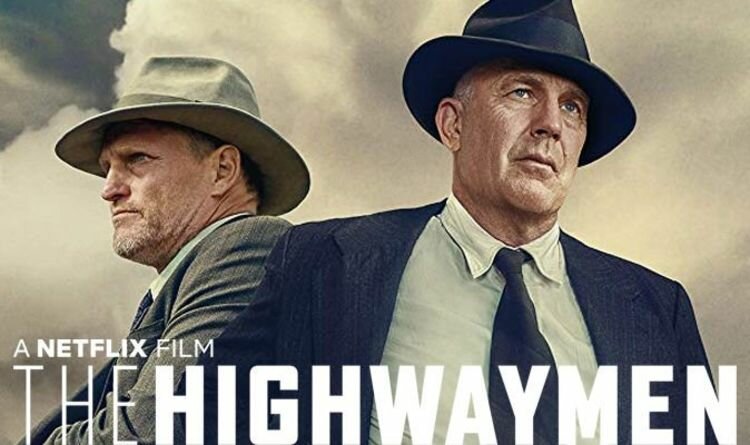The made-for-TV film “The Highwaymen” has been on Netflix for several weeks now, but I didn’t get around to watching it until a couple of weeks ago.
The much talked-about vehicle for Kevin Costner and Woody Harrelson is, as most readers will know, the story of how two retired Texas Rangers, Frank Hamer (Costner) and Maney Gault (Harrelson) tracked down the legendary couple Clyde Barrow and Bonnie Parker, when other law enforcement agencies across several states, including the FBI, had failed.
Unlike the 1967 film starring Warren Beatty and Faye Dunaway, “The Highwaymen” does not romanticize Bonnie and Clyde. It portrays them as amoral and psychopathic killers, because they, well, were amoral and psychopathic killers.
But it’s clear from the film that even though the writers, producer, and director have no delusions about the “Barrow gang”, many of their contemporary Americans did. The two were idolized by many. Young women dressed and wore their hair like Bonnie Parker. When they were recognized, they were mobbed by admirers, many of whom were willing to mislead the police about which way they went and even to block police vehicles attempting to follow Barrow and Parker.
In a way, it’s easy to understand. The nation was in the throes of the Great Depression. Many were out of work. Some were homeless, living in shacks or tents. People were in need of diversion from the circumstances in which they lived. They were in need of finding someone “ordinary” who nonetheless lived an exciting and glamorous life. So to some, Clyde Barrow and Bonnie Parker were heroes, Robin Hood types who robbed banks and left poor folks alone.
Except that they didn’t. Those who idolized them didn’t know about, or ignored, the store clerk who was murdered for $4.59 in the cash register and a tank of gas, and the two motorcycle policemen Bonnie and Clyde ambushed by faking a roadside breakdown. Hardly stealing from the rich.
None of these awful crimes mattered to the Bonnie and Clyde cult. The film shows the crowd who ran after the dead couple when their vehicle, which had been shot to pieces, was towed into town from the final confrontation with the law, crying and wanting to touch the bullet-riddled corpses. Parker’s funeral drew 20,000 mourners; Barrow’s, 15,000.
How much has changed since 1934? Criminals aren’t idolized these days, are they? This is the information age, and too much information is available for people to fall into cult worship of criminals. Isn’t it?
Honestly, I don’t think that much has changed. There’s too much evidence out there to the contrary. The most obvious example is the glamorizing and hero-worship of terrorists, either openly or subtly by refusing to call a terrorist a terrorist. We know there is a lot of that. But there are other examples, too.
Is Chelsea Manning a hero? There are those who think so. What about Julian Assange? Does whether he is heroic depend on the names of his victims? There are plenty of people who can’t bring themselves to say anything bad about Antifa, because they privately think the Antifa fanatics only hurt bad people, and break things only in the pursuit of the good cause of shutting up people who shouldn’t be allowed to speak.
Now, none of this is quite like styling one’s hair and dressing like a murderess, or mobbing her and her murderer lover as though they were film stars. Nothing that obvious.
But the cult mentality is still very much with us. To that extent, the spirits of Bonnie and Clyde live on.
(A longer version of this post has appeared in the Kingsport Times-News.)



Comments